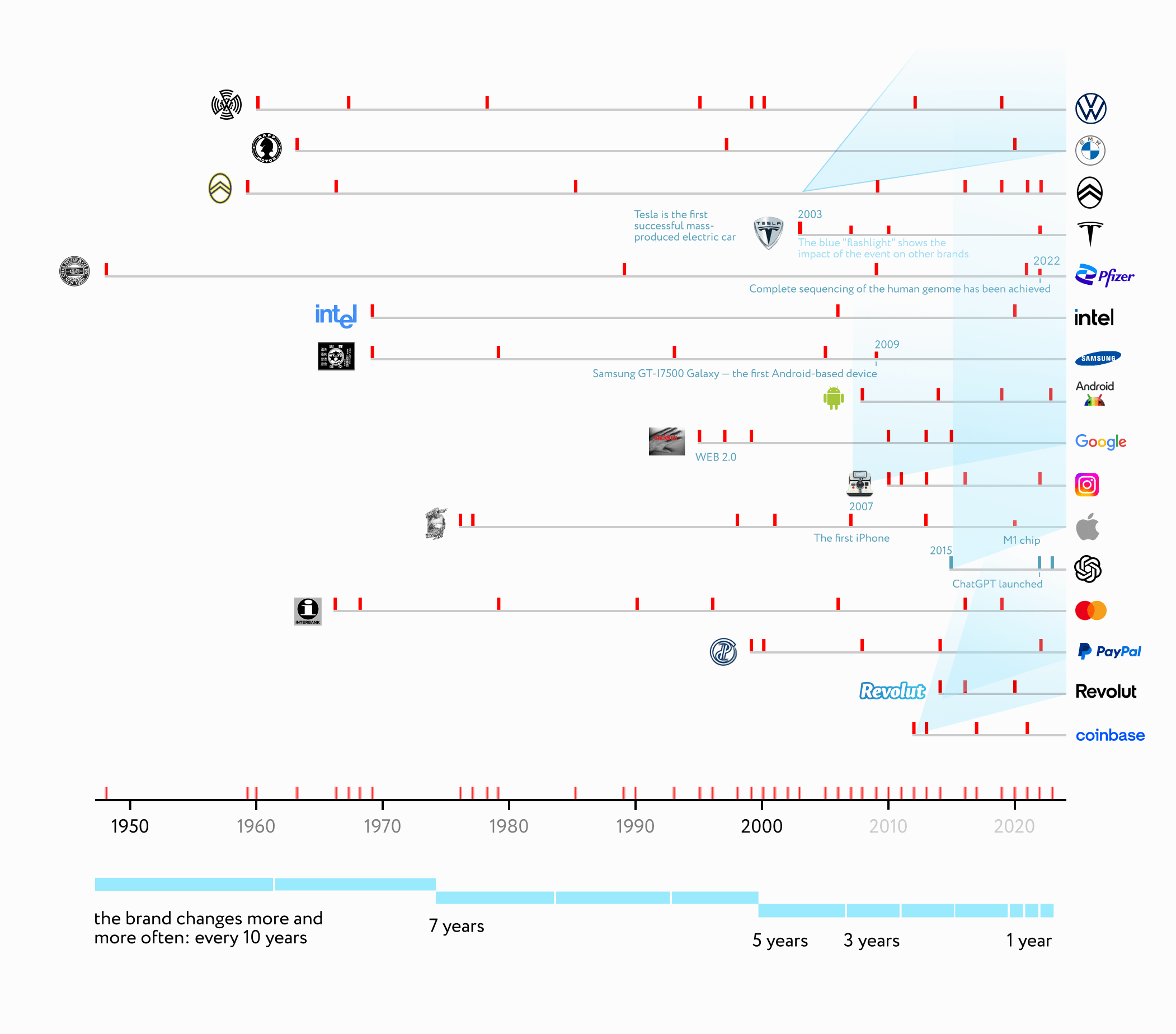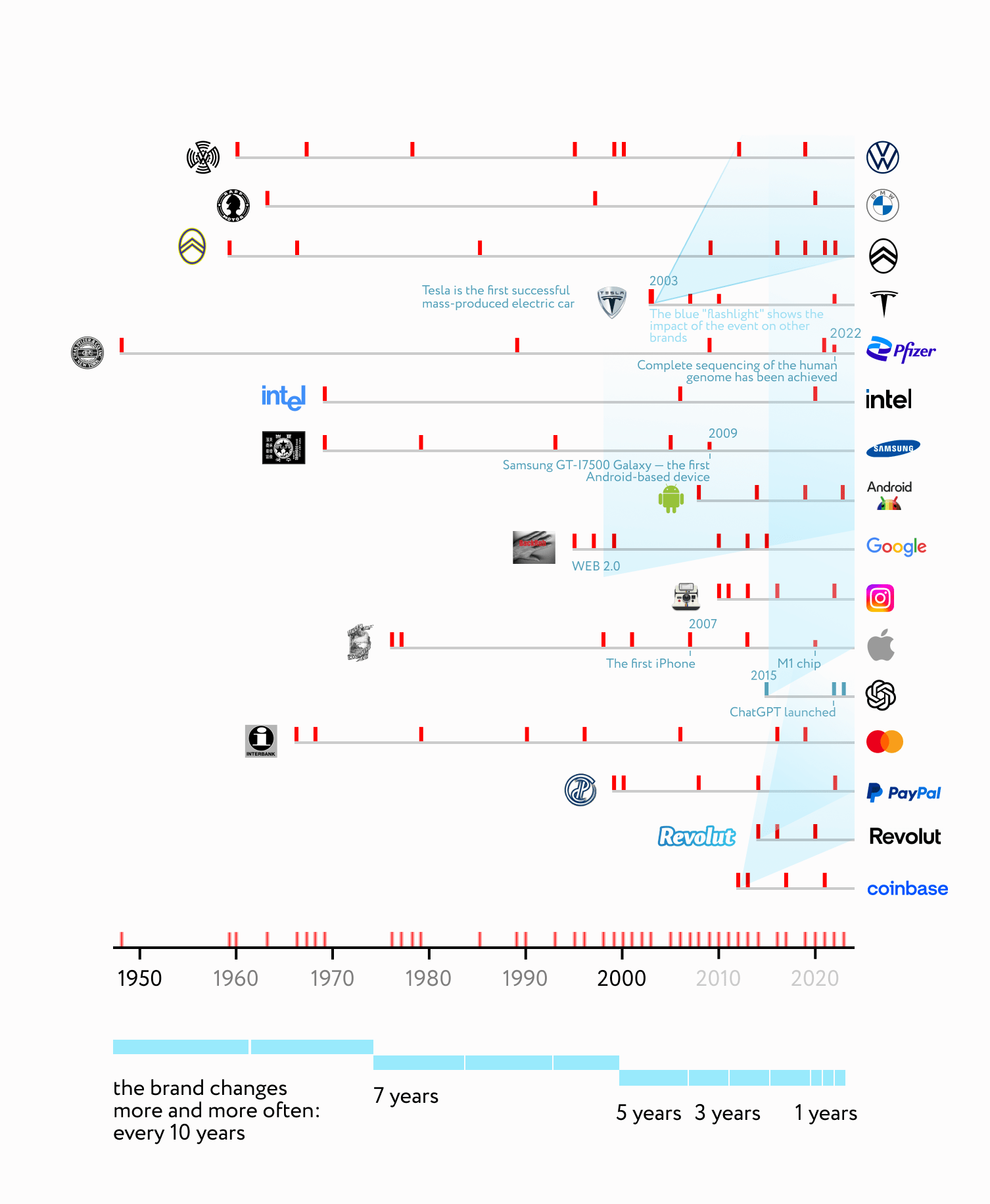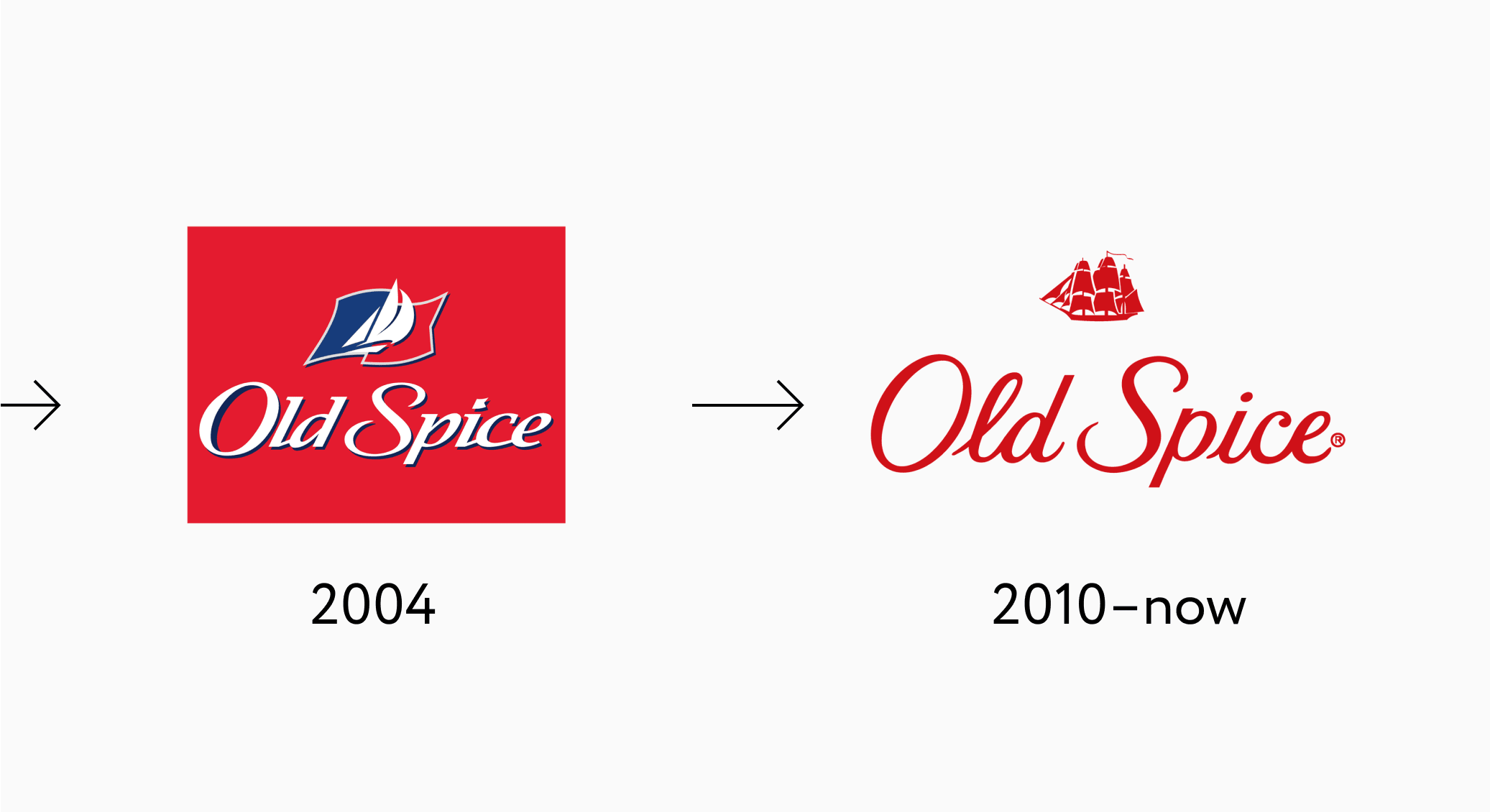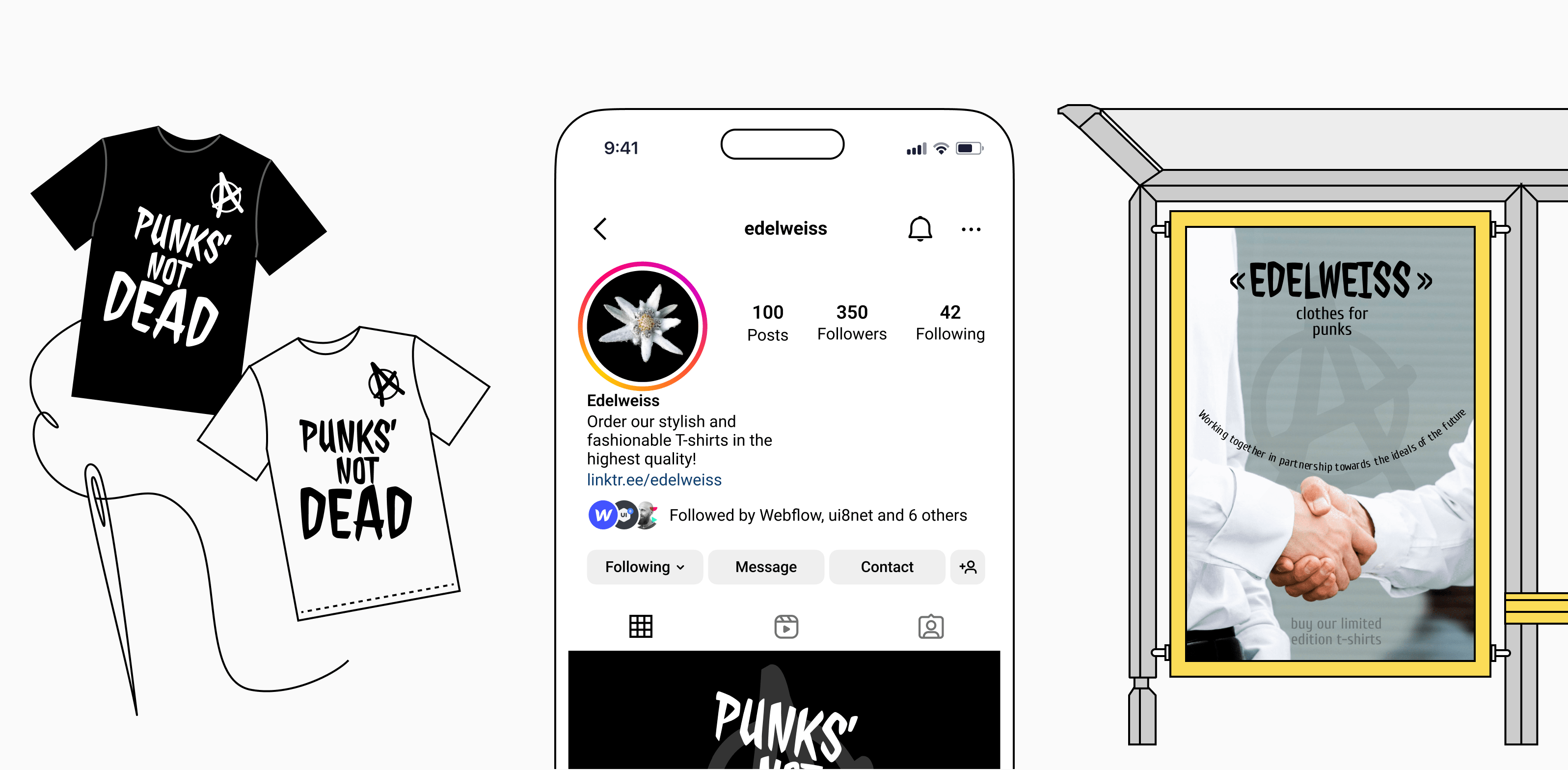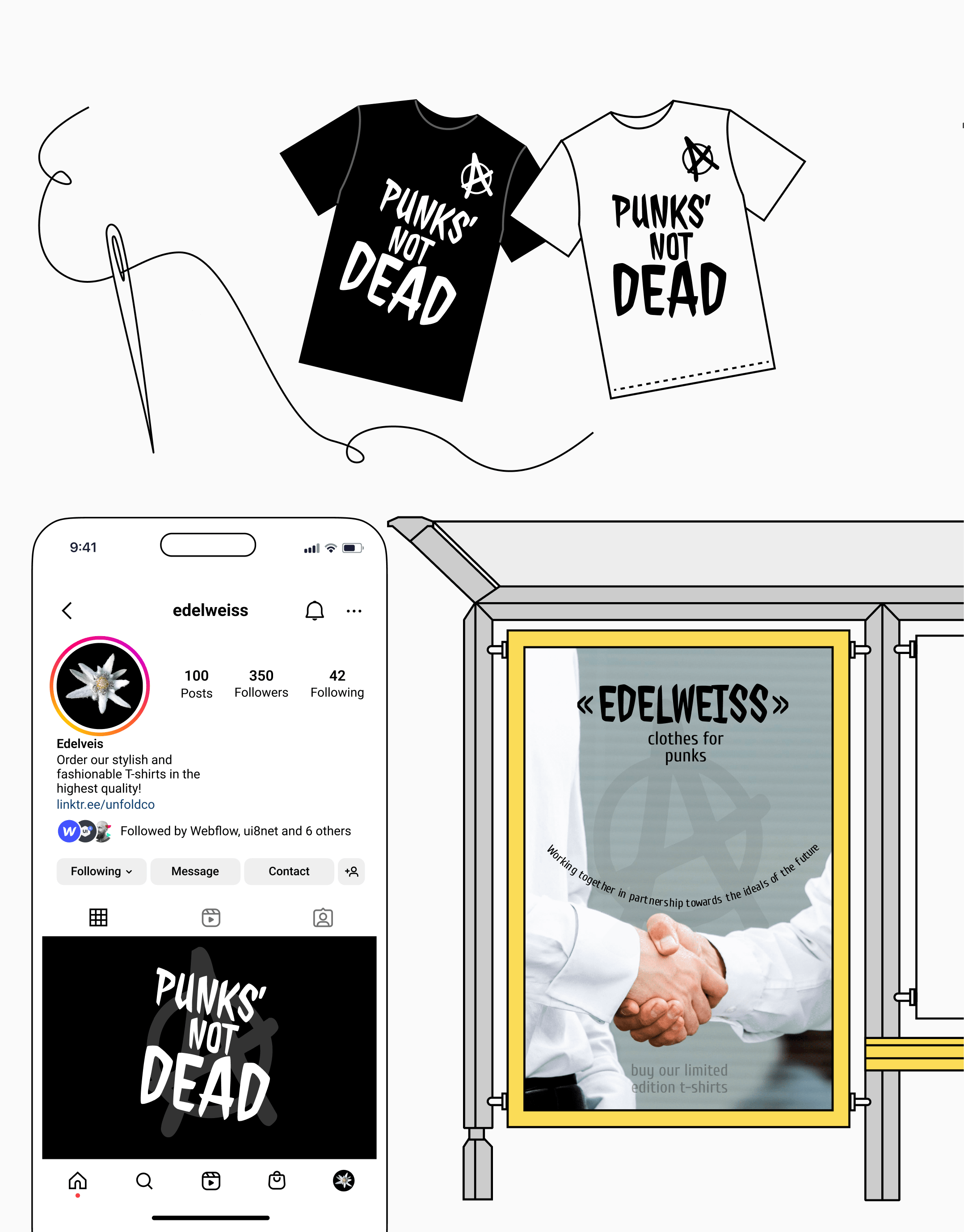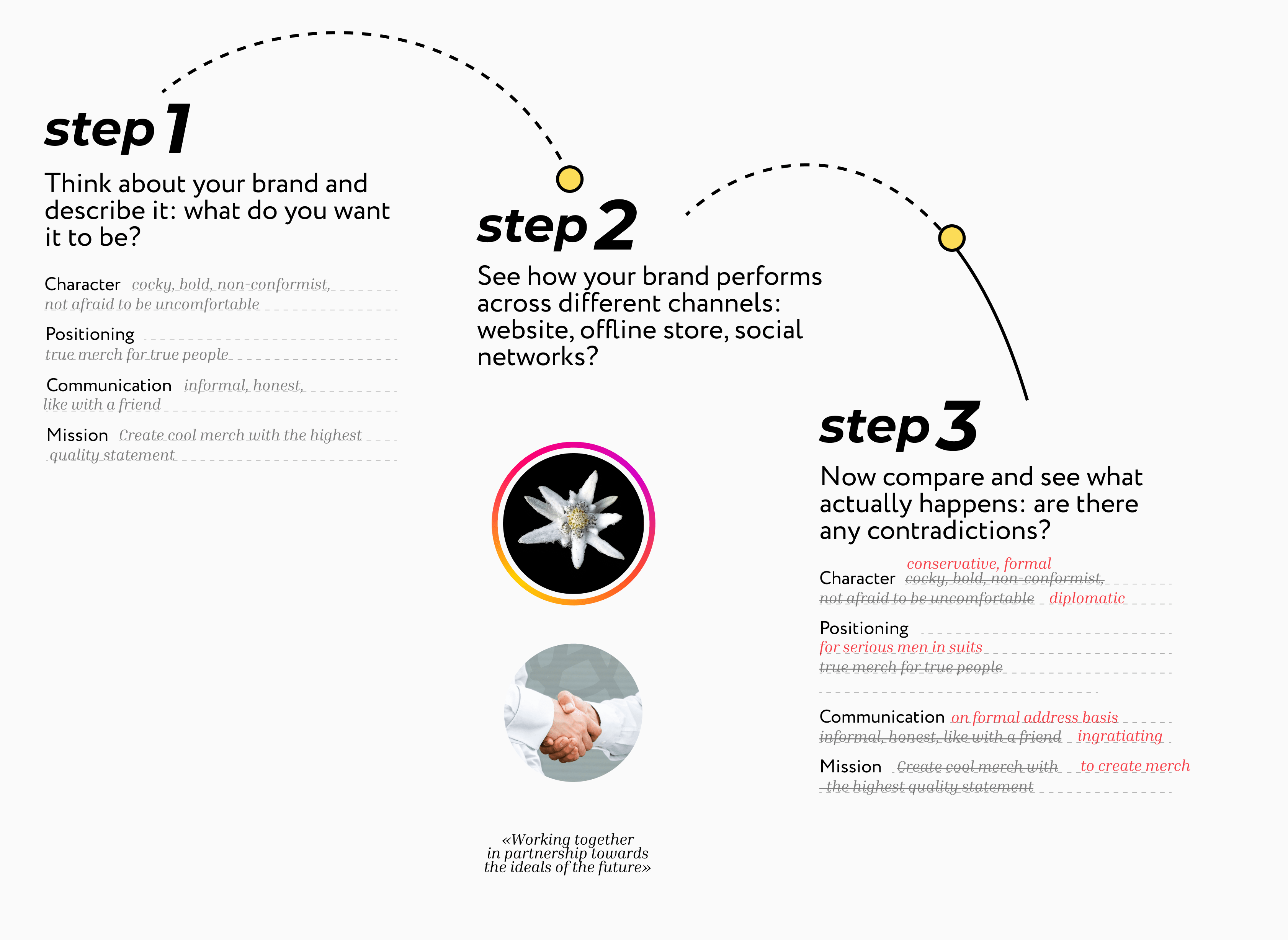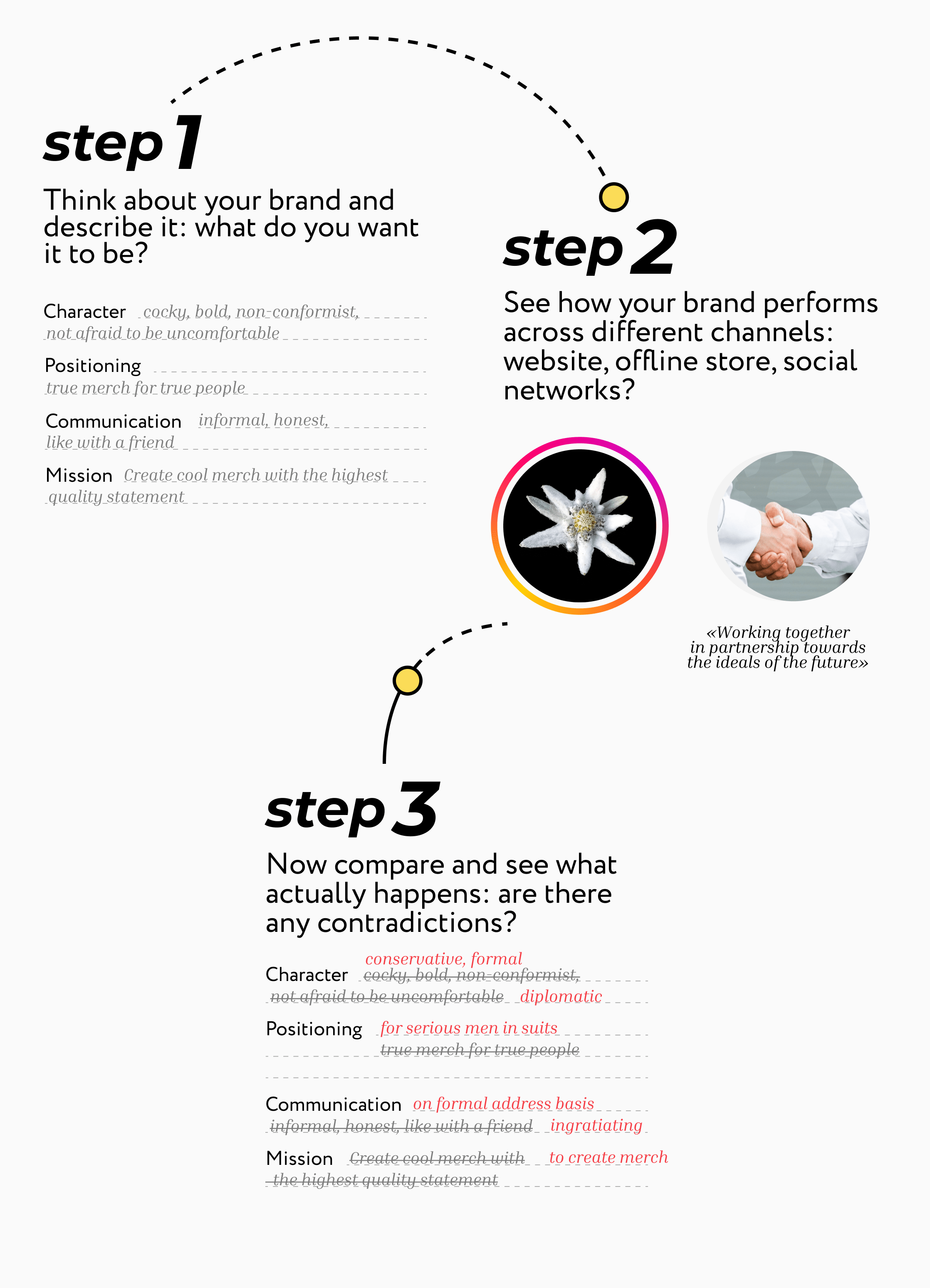How to understand that it’s time to update your brand and what exactly needs to be changed
When can you get away with minor repairs in branding, and when do you need to do major repairs? When is it enough to make a red color in the logo brighter, and when do you need to tear everything down to the foundation and rebuild? Let’s find it out.
The life of a brand (and a company as a whole) is cyclical: it circulates from revival to outdating — and it’s a normal process, suggesting that a brand is a living, moving body, affected by an ever-changing environment.
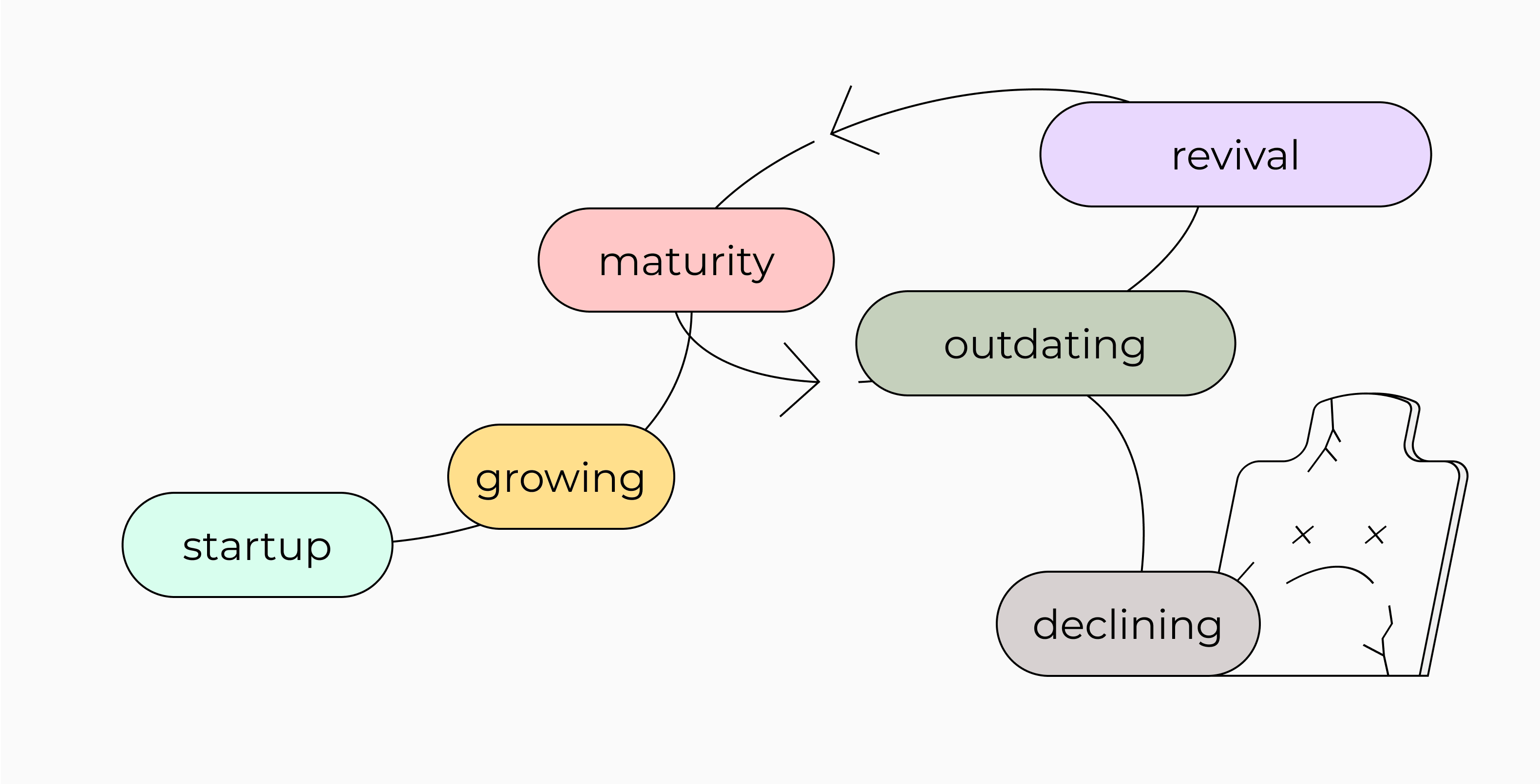
A brand is part of the environment, not an autonomous body in a vacuum. If it ignores the environment in which it exists, it won’t survive.
In the last century, the environment changed more slowly. If you look at the speed at which the brand has been updated, it’s usually 10-20-30 years.
As an example, let’s look at the logos of different companies. But remember that a logo isn’t a brand.
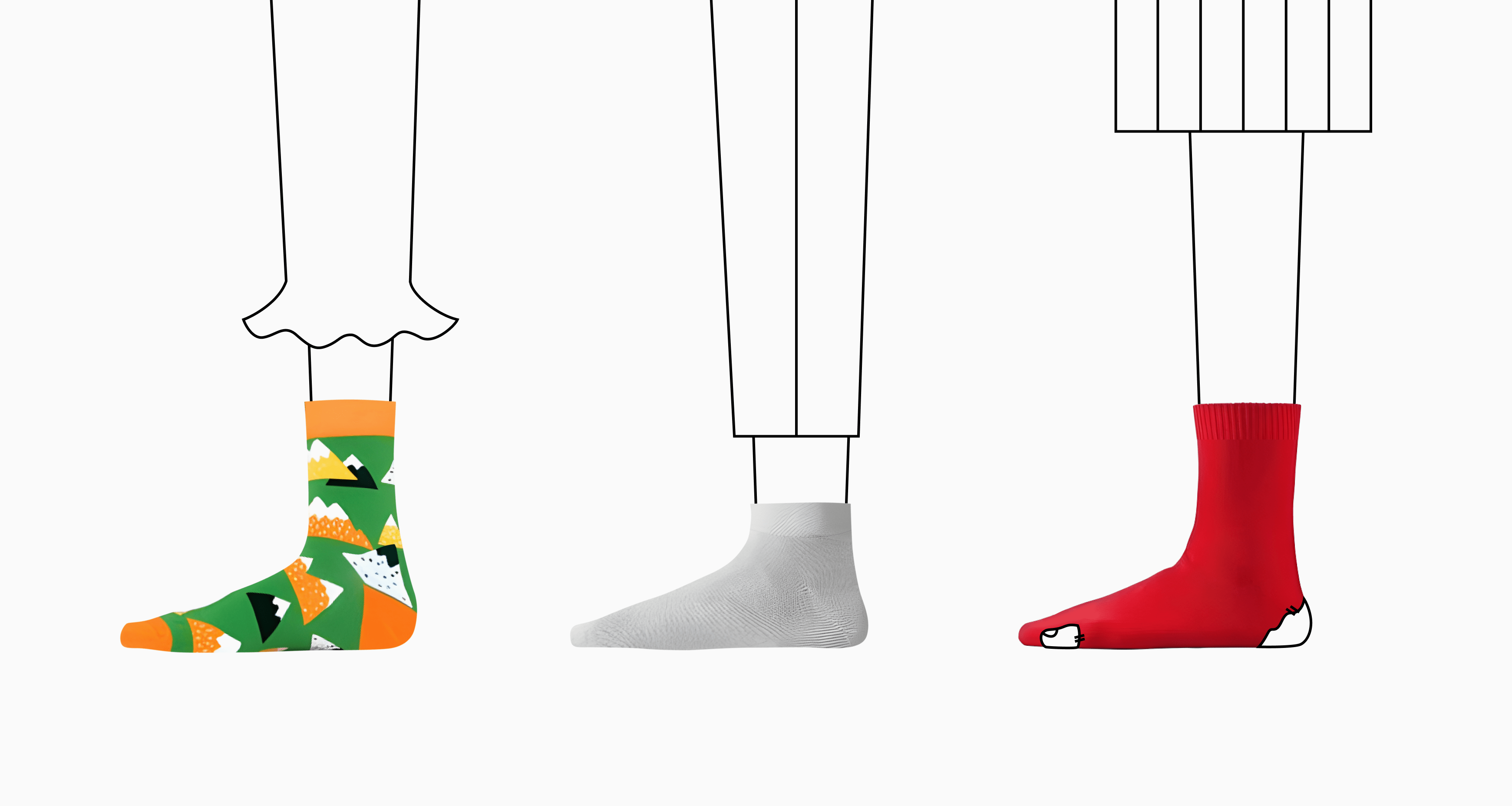
Now, let’s accept that a significant change in the logo was a consequence of the rebranding — yes, in practice this is not always the case, but often it still coincided with the phase of global visual rethinking. Let’s stick to that.

With the development of technology, everything has accelerated. New media emerge, the company (and society as a whole) has new values and directions — all of this affects the visual identity. This is why companies restyle or rebrand every 3-5-10 years.
A company can miss the point when a brand’s visual style starts to become outdated because of operational concerns. How to understand and test yourself when you really need to update, and when you can’t even think about it yet? When do you need global changes and when do you need a little facelift on the little things?
The need for brand change is driven by environmental and business requirements. Minor changes lead to restyling, significant changes lead to rebranding.
When radical changes aren’t needed, restyling is the way to go
If your brand doesn’t require global changes in general, then you can get by with restyling — a minor update of the logo and other brand elements, in which it’s easily recognizable.
Restyling is especially relevant for projects that are at the peak of technology, and the environment requires being in trend and associated with innovation.

Reasons for restyling
- New media and points of contact with the customer have appeared and you need to adapt the style: understand how to present the brand on the website, on TikTok, in the Amazon catalogue, on the packaging of a new product, etc.
- Consumer preferences have changed and the brand needs to adapt to the influence of fashion or the environment: the red colour has faded and looks analogue and the brand is positioning itself as innovative; the logo isn’t readable on small screens and the brand’s audience is active users of mobile devices.
When you need global change, rebrand
Rebranding is a significant change to a brand’s platform.
The need for rebranding is also driven by environmental requirements and/or strategic business plans.
Each of these is an important reason for rebranding. So if at least one of them applies to you, then rebranding is necessary.
Where to start making changes
If you’re suddenly confused and don’t know how to approach analysing your brand, here’s a test question to help you understand whether your brand really needs a visual update:
Is my brand consistent across different communication points?
Do a little audit and see how your brand comes across in the real world. For example, you make T-shirts for punks, but on social networks, you communicate with your audience in a curtsy style, you’re called ’Edelweiss’ and your posters show serious guys shaking hands.
Compare your visual identity and how well it matches your brand vision.
If your brand matches the platform and everything is systemic, nothing needs to be fixed. Scale your channels and promote your brand through new forms of communication: go to TikTok or other platforms relevant to your brand.
If communication is unsystematic, it needs to be redesigned. We’ll talk further about how exactly to do this.




